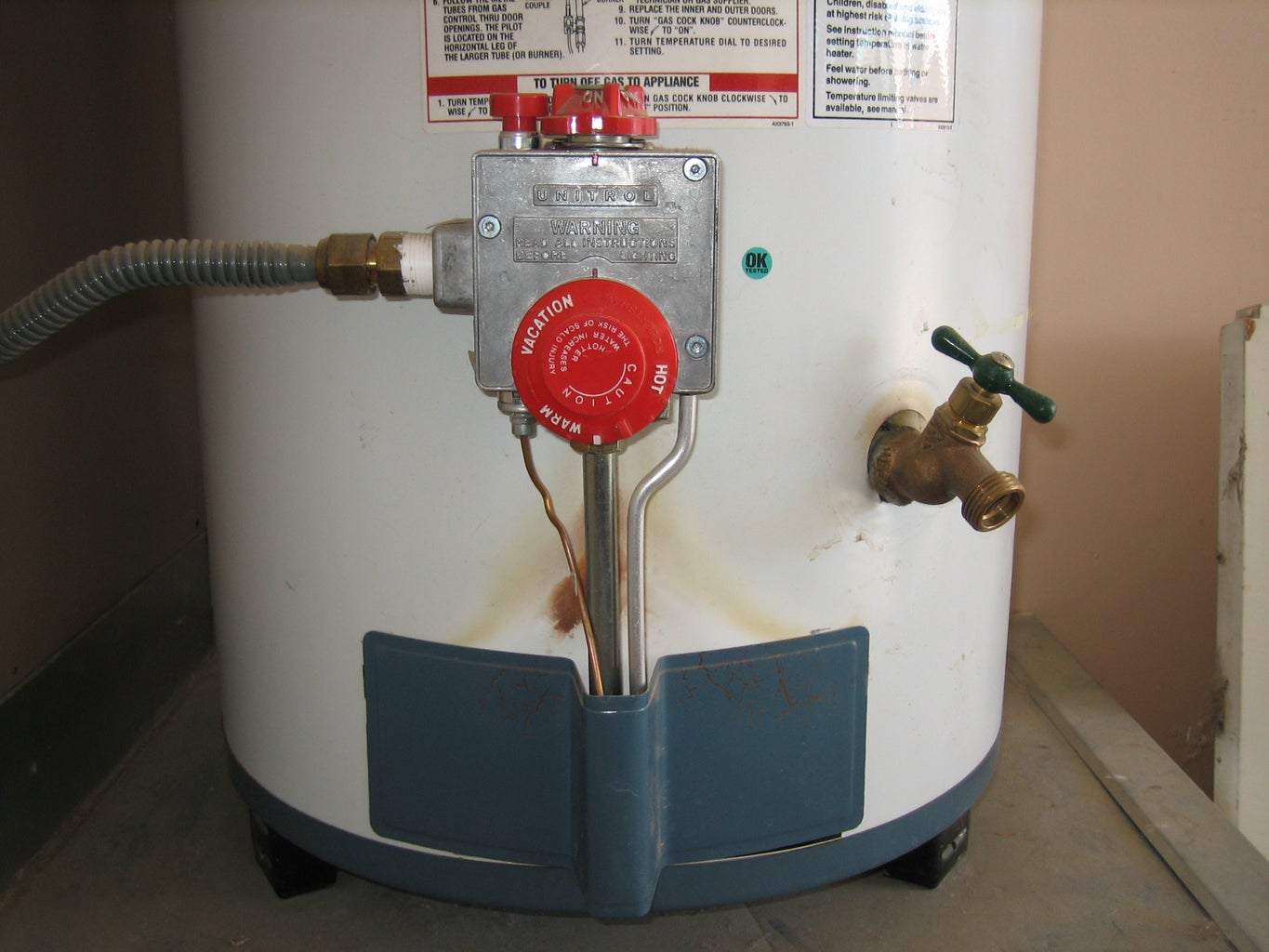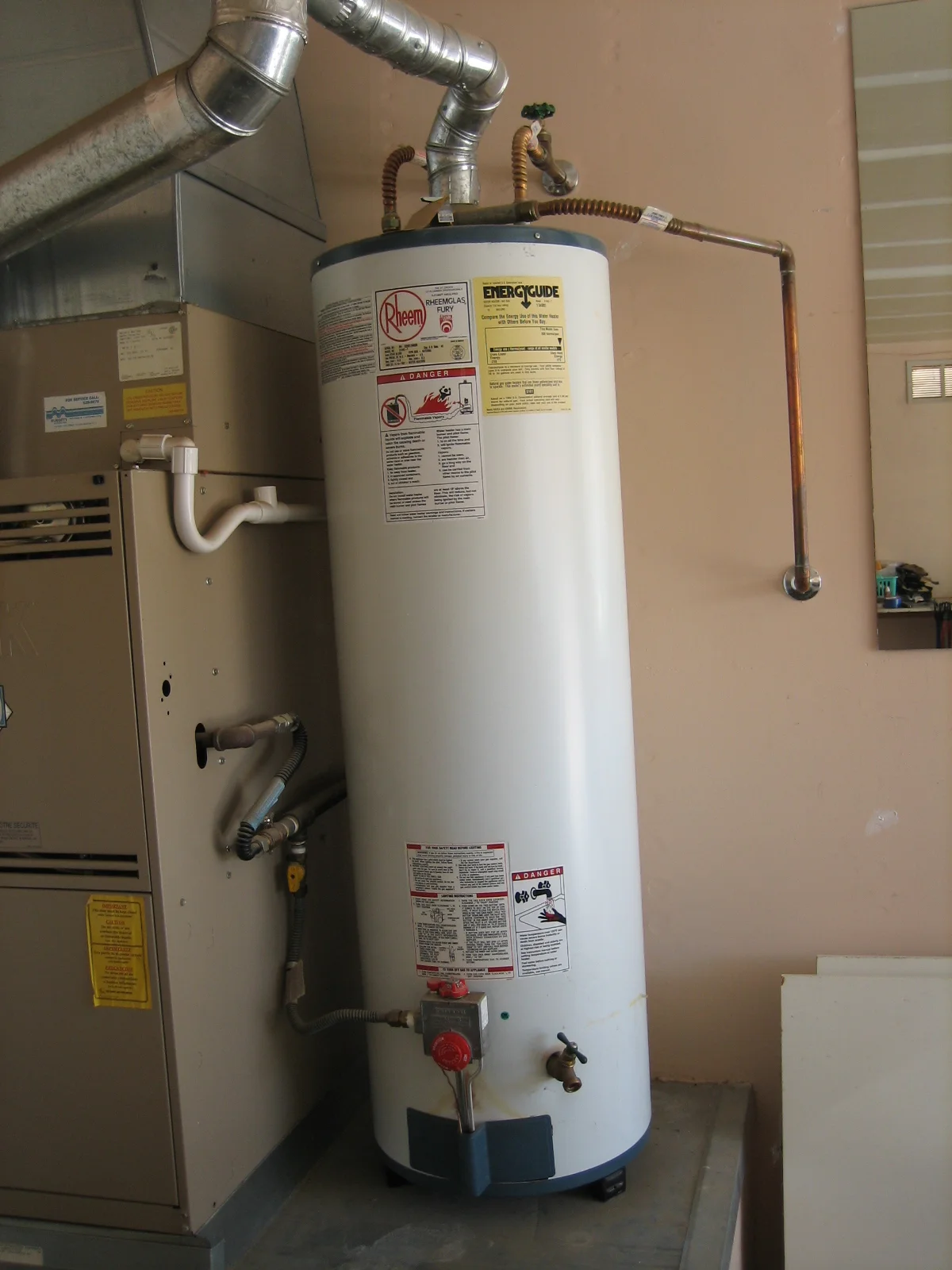Simple Steps to Maintaining Your Home's Hot Water SystemEffective Strategies for Maintaining Your Home's Hot Water System
Simple Steps to Maintaining Your Home's Hot Water SystemEffective Strategies for Maintaining Your Home's Hot Water System
Blog Article
They are making several great points on the subject of Tips For Maintaining Your Hot Water Heater as a whole in this post further down.

Hot water is crucial for everyday convenience, whether it's for a refreshing shower or cleaning meals. To ensure your warm water system runs effectively and lasts longer, normal upkeep is vital. This write-up provides sensible pointers and understandings on exactly how to maintain your home's hot water system to stay clear of disruptions and pricey fixings.
Intro
Preserving your home's hot water system could appear difficult, yet with a couple of easy actions, you can ensure it runs efficiently for many years to come. This overview covers whatever from comprehending your warm water system to DIY upkeep ideas and knowing when to call in professional aid.
Value of Preserving Your Hot Water System
Normal maintenance not only expands the lifespan of your warm water system however also guarantees it operates successfully. Ignoring maintenance can lead to lowered efficiency, greater energy expenses, and also premature failing of the system.
Signs Your Warm Water System Needs Upkeep
Knowing when your warm water system needs interest can protect against major concerns. Watch out for indicators such as inconsistent water temperature level, unusual sounds from the heating unit, or corroded water.
Flushing the Hot Water Heater
Flushing your hot water heater removes debris build-up, enhancing efficiency and extending its life.
Checking and Changing Anode Rods
Anode rods stop corrosion inside the storage tank. Inspecting and replacing them when worn is crucial.
Facility Problems Requiring Specialist Help
Instances include significant leaks, electric issues, or if your hot water heater is consistently underperforming.
Regular Specialist Maintenance Benefits
Expert upkeep can consist of comprehensive assessments, tune-ups, and making certain compliance with security criteria.
Inspecting and Adjusting Temperature Setups
Readjusting the temperature level setups ensures optimal performance and security.
DIY Tips for Upkeep
You can do several maintenance tasks yourself to maintain your warm water system in leading problem.
Checking for Leaks
Frequently evaluate pipes and connections for leakages, as these can cause water damages and higher expenses.
Comprehending Your Warm Water System
Prior to diving right into upkeep jobs, it's helpful to understand the basic elements of your hot water system. Usually, this includes the hot water heater itself, pipelines, anode rods, and temperature controls.
Monthly Upkeep Tasks
Regular monthly checks can aid capture minor issues prior to they rise.
Checking Pressure Relief Valves
Examining the stress relief valve ensures it operates correctly and prevents extreme pressure buildup.
Protecting Pipes
Shielding hot water pipes lowers warm loss and can save power.
When to Call a Specialist
While DIY maintenance is valuable, some problems require specialist proficiency.
Verdict
Routine maintenance of your home's warm water system is essential for performance, longevity, and price financial savings. By following these pointers and understanding when to seek professional aid, you can guarantee a dependable supply of warm water without unforeseen disturbances.
How to Maintain an Instant Hot Water Heater
Before tinkering with your hot water heater, make sure that it’s not powered on. You also have to turn off the main circuit breaker and shut off the main gas line to prevent accidents. Also turn off the water valves connected to your unit to prevent water from flowing into and out of the appliance. 2. When you’re done, you have to detach the purge valves’ caps. These look like the letter “T” and are situated on either side of the water valves. Doing so will release any pressure that has accumulated inside the valves while at the same time avoid hot water from shooting out and burning your skin. 3. When the purge valves’ caps are removed, you have to connect your hosing lines to the valves. Your unit should have come with three hoses but if it didn’t, you can purchase these things from any hardware or home repair shops. You can also get them from retail stores that sell water heating systems. Read the user’s manual and follow it to complete this task properly. When the hosing lines are connected, open the purge port’s valves. 4. You should never use harsh chemical cleaners or solutions when cleaning your unit. Make use of white vinegar instead. It should be undiluted and you’ll probably use about 2 gallons. 5. Now flush your water heater. This task should probably take about 40 minutes. We can’t give you specific directions for this because the procedure is carried out depending on the type, model and brand of your heater. With that being said, refer to the user’s manual. 6. When you’re done draining the unit, you have to turn off the purge port valves again. Remove the hosing lines that you earlier installed on each of the water valves. Put the valve caps (purge port) back in their respective places and be very careful so as not to damage the rubber discs that are found inside these caps. 7. Now that everything’s back in place, check your user’s manual again to find out how to reactivate your water heating system. 8. Once it is working, turn one of your hot water faucets on just to let air pass through the heater’s water supply pipes. Leave the tap on until water flows smoothly out of it. https://www.orrplumbing.com/blog/2014/september/how-to-maintain-an-instant-hot-water-heater/

Do you really like more info about What Kind of Maintenance Do Water Heaters Need?? Put feedback down the page. We will be glad to hear your reactions about this page. We are looking forward that you come back again in the near future. Sharing is good. Helping people is fun. Thanks a lot for taking the time to read it.
Prices & Booking Report this page